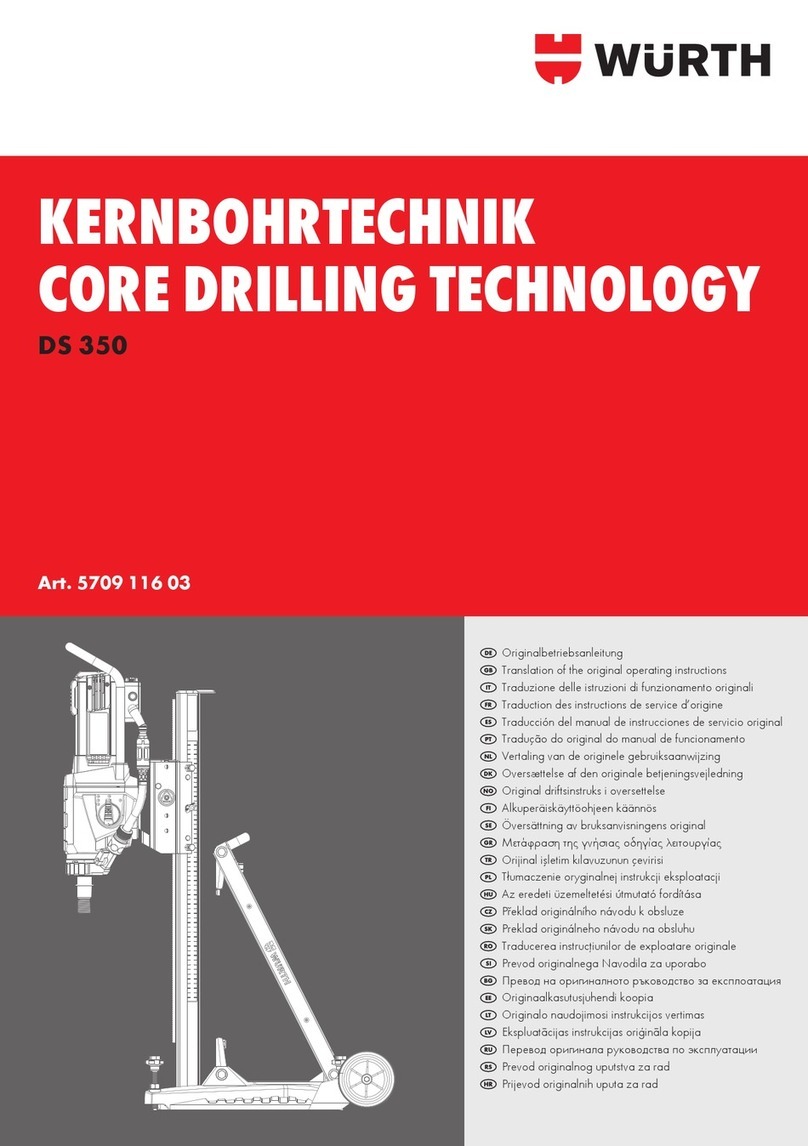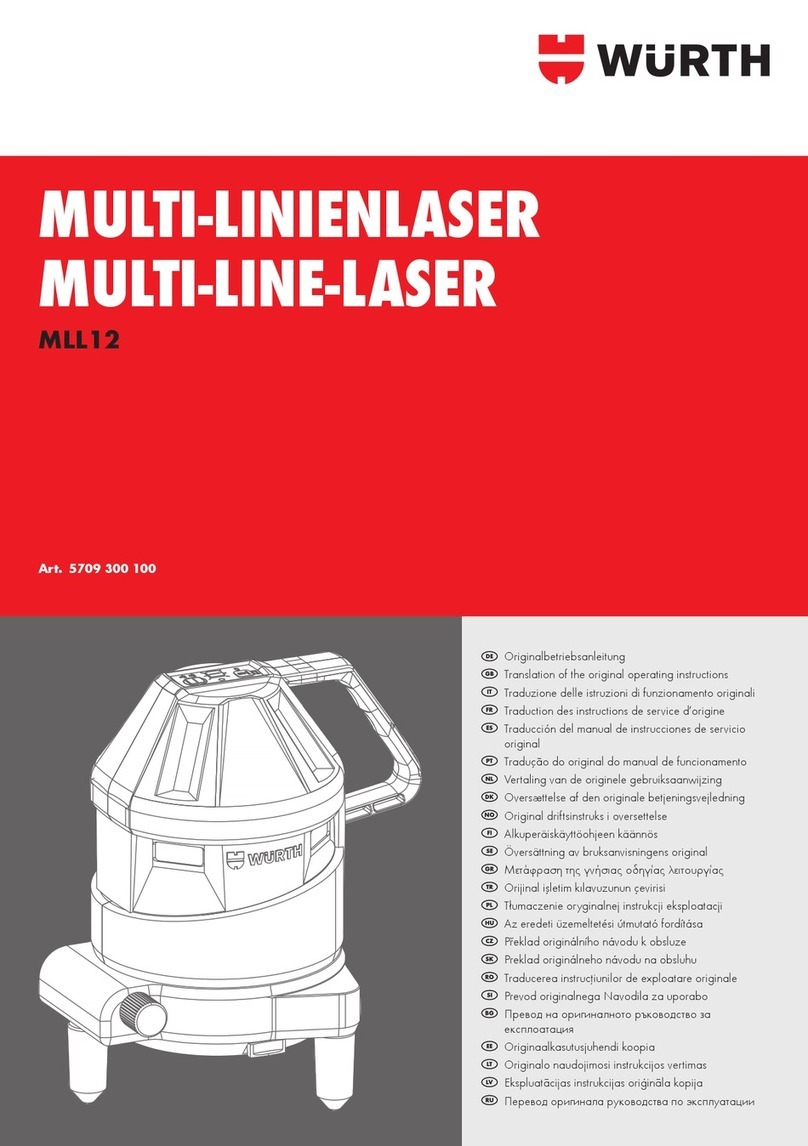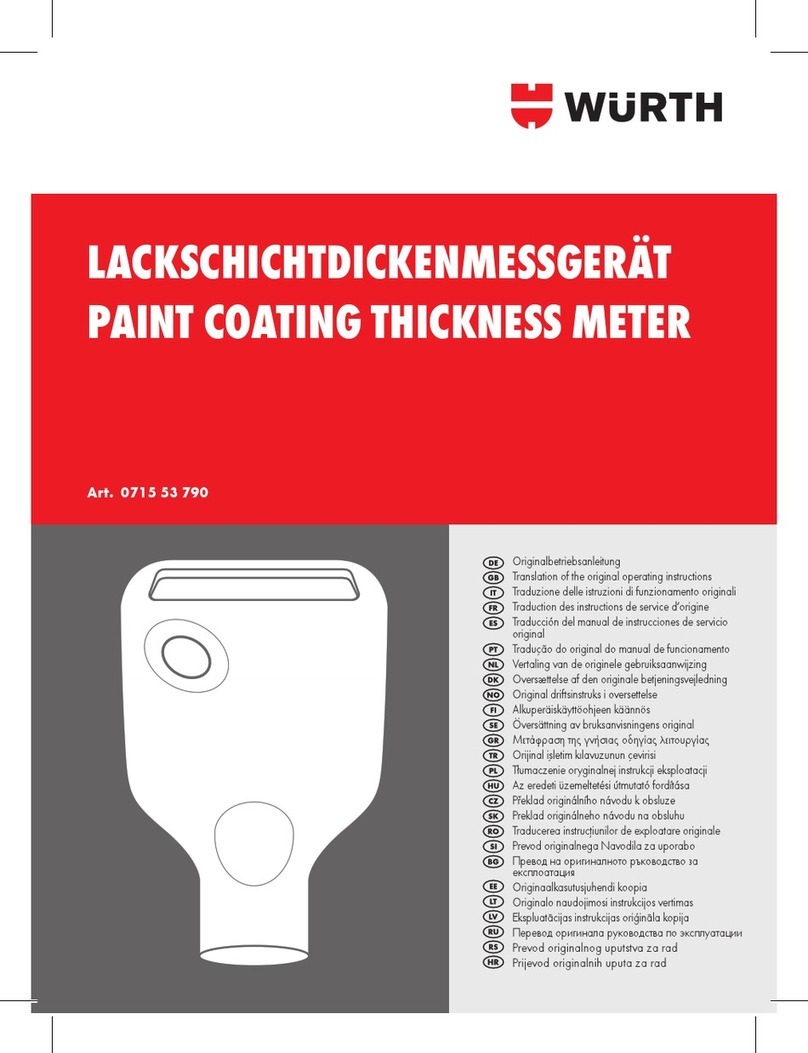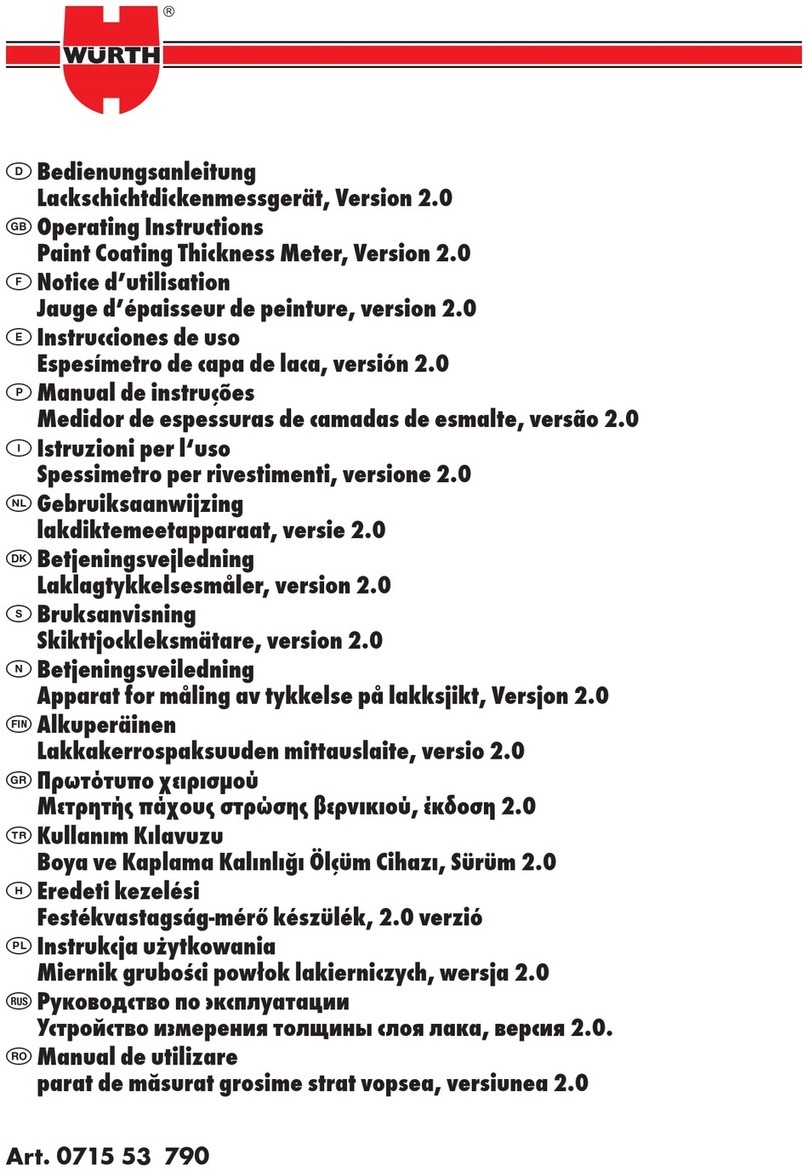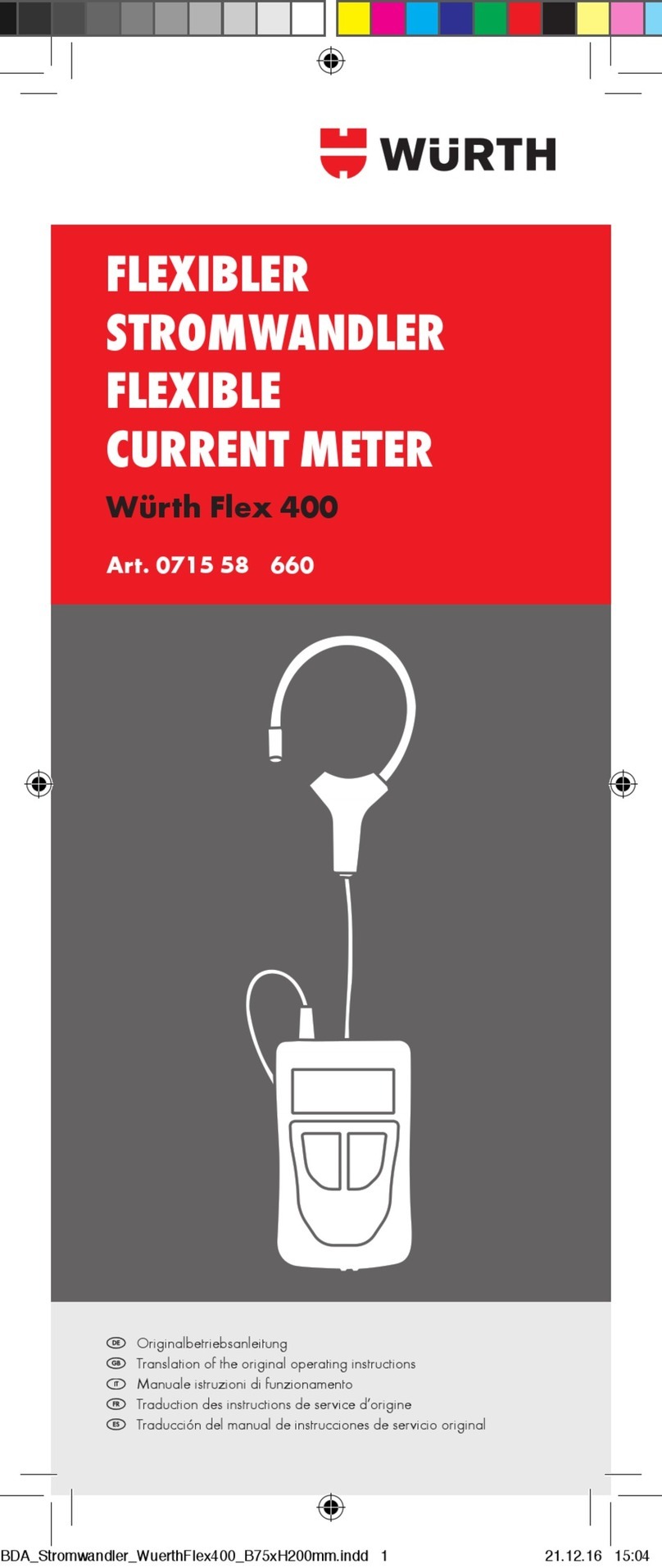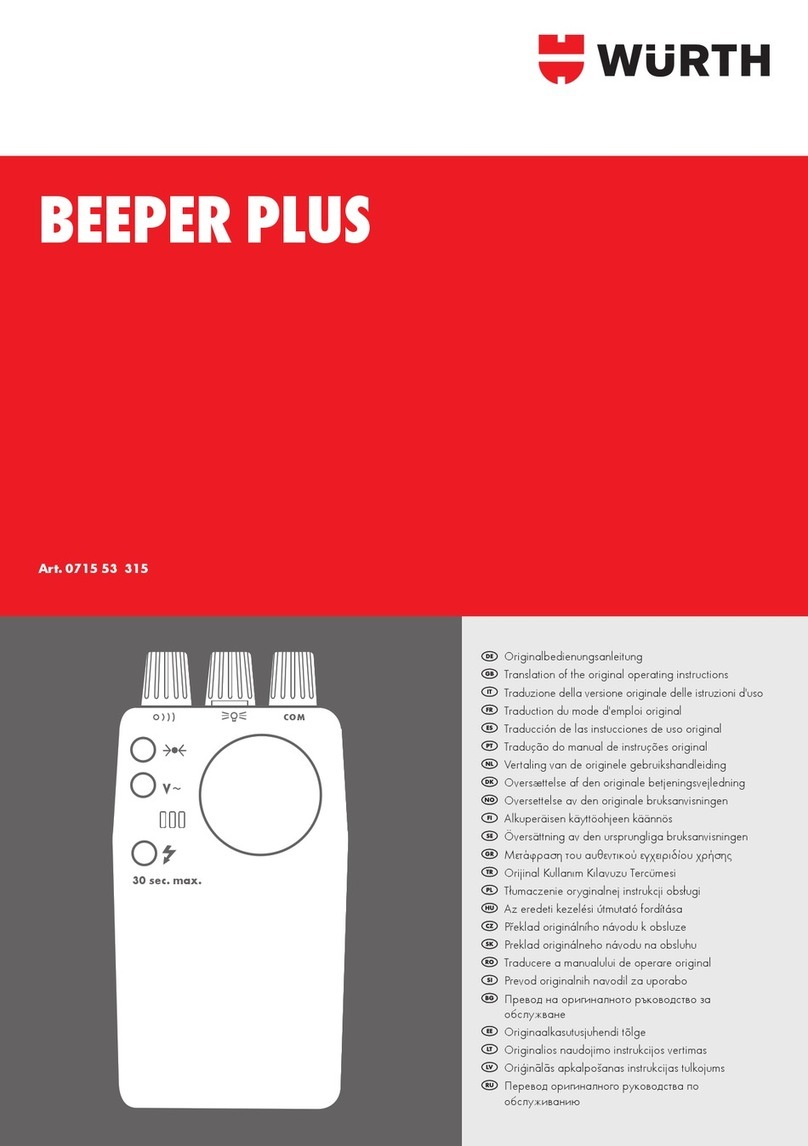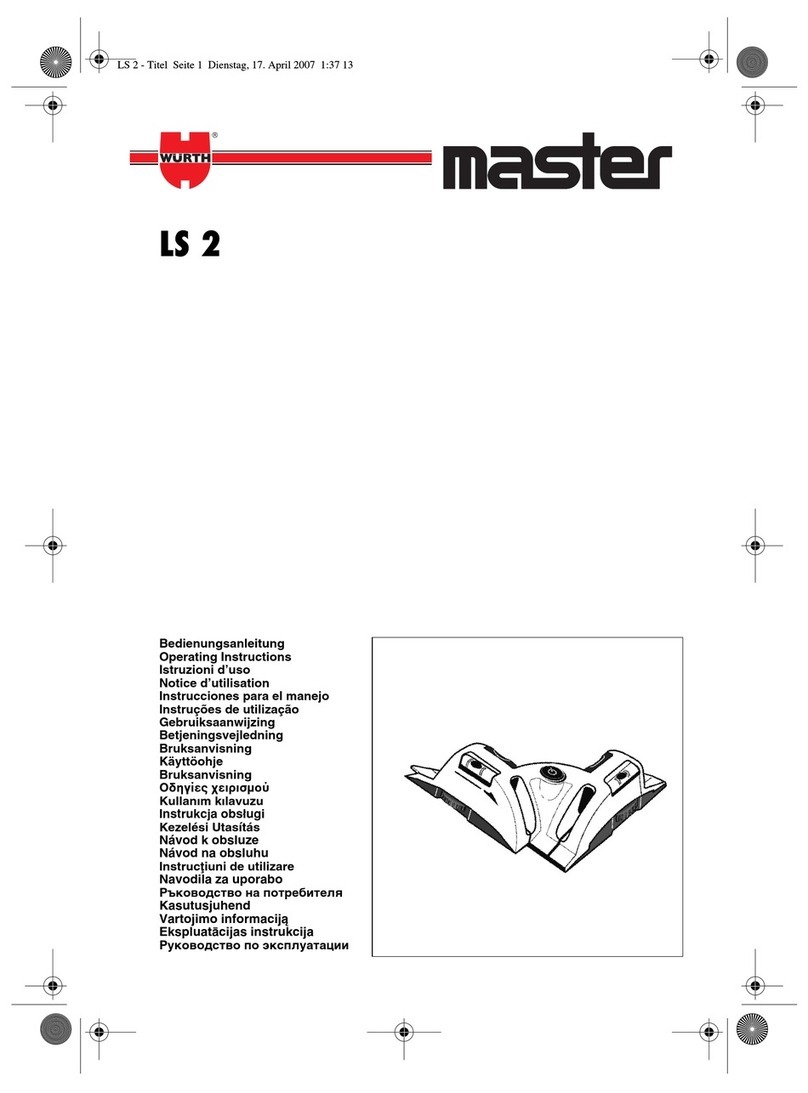
7
Gerät ausschalten
Das Gerät verfügt über eine automatische
"Auto Power O"-Funktion.
3Wenn das Gerät einige Zeit nicht verwendet
wird, schaltet es sich automatisch ab:
— Das Gerät geht in den "Stand-By-Modus". Im
Display erscheint "SCAN".
— Die Sekunden bis zur Abschaltung werden
im Display rückwärts heruntergezählt.
Selbsttest
Hinweis
Wenn beim Selbsttest eine oder mehre-
re Funktionen ausfallen, verwenden Sie
das Gerät nicht mehr. Lassen Sie das
Gerät von Fachpersonal überprüfen.
3Wenn Sie das Gerät zum ersten Mal einschal-
ten (wenn das Gerät ganz abgeschaltet war,
z. B. nach einem Batteriewechsel), leuchten alle
Anzeigen im LCD-Display kurz auf.
3Das Gerät wechselt in den SCAN-Modus. Eine
Nummer zählt rückwärts die Sekunden bis zur
Abschaltung.
■Um die Betriebsbereitschaft des Gerät sicherzu-
stellen, halten Sie die Prüfspitzen vor und nach
Anwendung aneinander:
— Wenn das LCD-Display nicht oder nur
schwach leuchtet, wechseln Sie die Batterien.
— Wenn das LCD-Display trotz neuer Batterien
nicht leuchtet, schützen Sie das Gerät vor
Fehlbenutzung.
Betrieb
Hinweis
Verwenden Sie die ELV-LED niemals für
Messzwecke.
Gleichspannung prüfen (Abb. I)
■Legen Sie die Prüfspitzen [1] und [5] an eine
Gleichspannung innerhalb des Nennspannungs-
bereiches an.
3Die Spannung wird in Volt angezeigt.
3Im Display erscheint "DC".
3Wenn an der Prüfspitze L2 eine negative Span-
nung anliegt, steht vor dem Wert "-" (Minus).
3Ab einer Spannung von ca. 110 V/DC wird
die lebensgefährliche Spannung mittels rot
aueuchtender ELV-LED angezeigt. Zusätzlich
vibriert das Gerät.
3Wenn die Batterien ganz leer sind, wird bei
anliegender Spannung ein Warndreieck im
Display angezeigt.
Wechselspannung (TRMS) prüfen
(Abb. I)
■Legen Sie die Prüfspitzen [1] und [5] an eine
Wechselspannung innerhalb des Nennspan-
nungsbereiches an.
3Die Spannung wird in Volt angezeigt.
3Im Display erscheint "AC" und die Netzfrequenz
wird angezeigt.
3Ab einer Spannung von ca. 45 V/AC wird die
lebensgefährliche Spannung mittels der roten
ELV-LED angezeigt. Zusätzlich vibriert das Gerät.
3Wenn die Batterien ganz leer sind, wird bei
anliegender Spannung ein Warndreieck im
Display angezeigt.
DATA HOLD-Funktion (Abb. I)
■Um einen Prüfwert auf dem Display zu spei-
chern, drücken Sie kurz die „L.H."-Taste [7]
(Datenspeicher).
3Das Symbol "D.H." auf dem Display zeigt an,
dass die DATA HOLD-Funktion eingeschaltet ist.
■Um die DATA HOLD-Funktion auszuschalten,
drücken Sie erneut kurz die „L.H."-Taste.
Phasenprüfung (Abb. I)
Hinweis
Schutzkleidung und isolierende Stand-
orte können die Funktion beeinussen.
■Berühren Sie mit der Prüfspitze L2 [5] einen
Leiter.
3Wenn eine Phase von min. 100 V~ anliegt (Pol
> 100 V/AC), erscheint im Display „<L", ein
Warndreieck und eine rot-blinkende LED. Zusätz-
lich vibriert das Gerät.
Für die Bestimmung der Phasenleiter kann die Wahr-
nehmbarkeit der Anzeige beeinträchtigt werden,
z. B. durch:
• Isolierende Vorrichtungen zum Schutz gegen
direktes Berühren
• In ungünstigen Positionen, z. B. auf Holzleitern
• Isolierende Fußbodenbeläge
• Eine nicht geerdete Spannung
• Ungünstige Lichtverhältnisse
■Prüfen Sie zur Sicherheit zweipolig auf Span-
nungsfreiheit.

